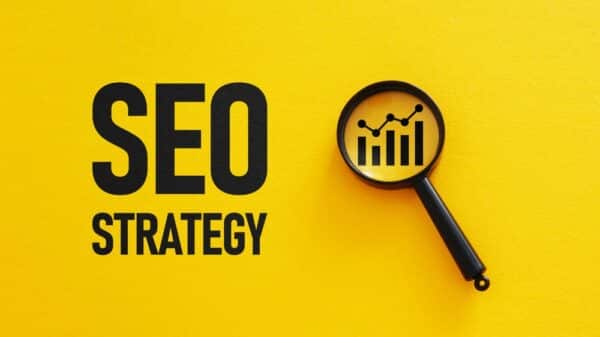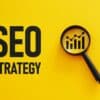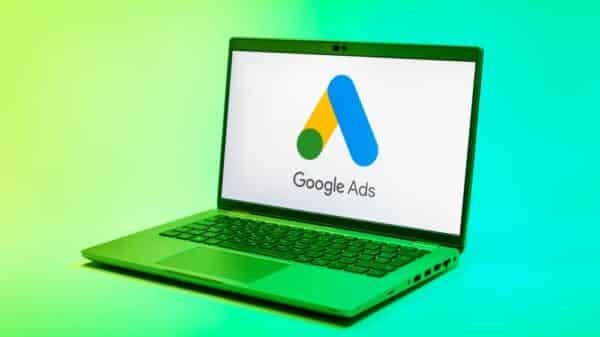Pay-per-click (PPC) advertising is a powerful tool for driving traffic and sales. However, many small businesses quickly find that rising PPC costs eat into profits, turning a profitable strategy into a costly burden.
You’ve likely seen this firsthand: PPC expenses rise while conversions lag, leaving you wondering how to cut costs without sacrificing performance.
This blog will show how one small firm overcame this obstacle and reduced its PPC expenses in just three months while maintaining a high return on investment.
The Challenge: Rising PPC Costs
While the company’s click-through rate (CTR) was decent and visibility was good, its cost-per-click (CPC) was rising. Many small business owners faced the dilemma of keeping ad performance high while lowering costs.
The business decided to focus on three key areas:
- Keyword Optimization
- Ad Copy Refinement
- Landing Page Optimization
Let’s explain how these strategies contributed to slashing costs and boosting performance.
Step 1: Using Negative Keywords to Eliminate Wasted Spend
The first step in reducing PPC costs was auditing their targeted keywords. They realized that many clicks they paid for came from irrelevant searches that weren’t converting into sales.
Solution: Negative keywords filtered out irrelevant traffic, ensuring ads appeared only for relevant searches. For instance, a legal service like SEO for personal injury lawyers could exclude terms such as “free legal advice” or “criminal defense,” reducing wasted clicks.
Result: This small change immediately reduced PPC costs by 15%. By filtering out irrelevant traffic, they maximized their budget and increased the chances of conversions.
Step 2: Refining Ad Copy and Testing Variations
Next, make ads more relevant and appealing. Their ads were initially generic and didn’t differentiate them from competitors. A/B testing helped them determine which version of their ads performed better.
Solution: By making the ads more relevant and engaging, they improved their Quality Score by improving headlines, descriptions, and calls to action (CTAs).
Result: Over time, their Quality Score improved, Cost-Per-Click (CPC) decreased by 10%, and Click-Through-Rate (CTR) increased by 20%. Improving ad relevance increased qualified traffic while reducing costs.
Step 3: Optimizing Landing Pages for Conversions
Finally, their landing page experience needed improvement. Their ads led to generic landing pages, which required them to match the specific intent of different ad groups, impacting their conversion rate.
- Solution: The business developed targeted landing pages for each ad group with relevant content, fast load times, and a clear CTA, improving user experience and boosting Quality Score.
- Result: By optimizing landing pages, they boosted conversion rates by 10%. The improved user experience and relevance lowered CPC, increased ROI, and ultimately reduced overall PPC costs by 30%.
Key Takeaways for Small Businesses
This case study illustrates several lessons for businesses struggling with high PPC costs:
- Leverage Negative Keywords: Regularly update your list of negative keywords to eliminate irrelevant clicks and save money.
- A/B Test Ad Copy: Continuously test different ad variations to see what resonates with your audience and improves performance.
- Optimize Landing Pages: To boost conversions, ensure your landing pages are consistent with the ad content and offer a smooth user experience.
- Monitor Regularly: PPC campaigns need regular optimization—don’t set it and forget it.
What’s the Ultimate Point?
By focusing on keyword optimization, refining ad copy, and improving landing page relevance, this small business successfully reduced its PPC costs by 30% in just three months. These actionable strategies can be applied to any small business looking to get more from their PPC investment, proving that small changes can significantly impact costs and performance.
Implementing these practices can help you reduce costs similarly while maintaining a high return on investment from your PPC campaigns.











